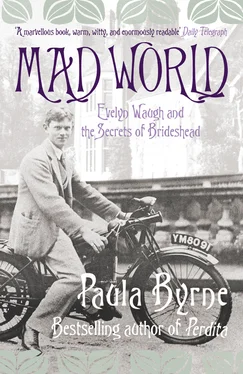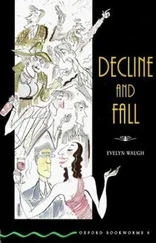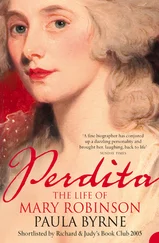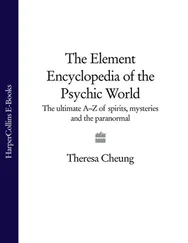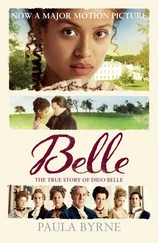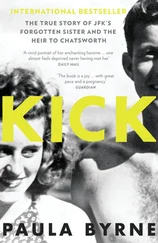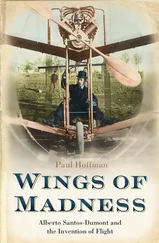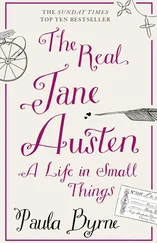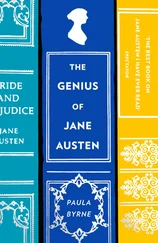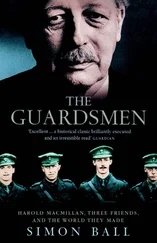He viewed Hampstead as something like an eighteenth-century pleasure garden. He loved the thrice-yearly fair, with its aromas of ‘orange-peel, sweat, beer, coconut, trampled grass, horses’ and the rowdy crowd of ‘costers’ from the East End of London, kitted out in pearl-buttoned caps and suits. Feared by some, they were creatures of fascination to the young boy who saw in them a ‘kind of Pentecostal exuberance which communicated nothing but goodwill’. It did not seem to matter that father was forever preoccupied with Alec’s triumphant exploits down in Dorset on the playing fields of Sherborne.
At the centre of this small boy’s ‘paradisal’ world were ‘two adored deities’: his mother and his nurse, Lucy. Mother was associated with ‘earthy wash-leather gloves and baskets of globe artichokes and black and red currants’. Lucy was a devout Christian, ‘strictly chapel’, who loved him unconditionally and was ‘never cross or neglectful’.
Equally adored was a trio of maiden aunts who lived at Midsomer Norton in Somerset. When visiting in the summer holidays, Evelyn nosed around their house. It was stuffed with Victoriana: cabinets of curiosities, fans, snuff boxes, nuts, old coins and medals. The smell of gas, fruit, oil and leather. The aunts’ life was like something out of the previous century, locked in aspic. A whirl of church bazaars, private theatricals, picnics and games, ‘the place captivated my imagination as my true home never did’.
‘Save for a few pale shadows’ – as, for example, when he almost choked to death on the yolk of a hard-boiled egg – Evelyn’s childhood was bathed, he claimed, in ‘an even glow of pure happiness’. Like nearly all literary recollections of times past, A Little Learning offers up the image of childhood as a paradise lost, an Eden from which the author has been expelled, a secret garden glimpsed through a door in the wall, an alternative world like the one into which the child tumbles in one of Evelyn’s favourite books, Alice in Wonderland . This theme of exile and exclusion from Arcadia would preoccupy him throughout his life and his work. He always felt as if he did not quite belong. That was what fired his imagination and his comic vision. Whether writing about a deranged provincial boarding school, or the exploits of London’s Bright Young Things, or the old Anglo-Catholic aristocracy, he was always the outsider looking in.
His sense of displacement from his own family was there from the start, despite all the genuine memories of a happy and stable early childhood. In later years he was never close to his parents and his brother. With Alec away at boarding school, he was drawn to other families. When Evelyn was six he watched three children, two girls and a boy his own age, playing in a nearby street. He befriended the family. In his autobiography he calls them the Rolands. They were actually called Fleming and they became the first of his substitute families, and remained so for more than a decade.
The children built themselves a fort and formed a gang called The Pistol Troop. They endured tests of courage, walking barefoot through stinging nettles, climbing dangerously high trees and signing their names in blood. Evelyn threw himself into these boisterous games. He was as physically brave as a young boy as he would be when a traveller and a soldier in later years.
The children also devised their own magazine and put on amateur dramatics, writing and acting in their own short plays. The magazine, containing one of Evelyn’s first stories, was typed and handsomely bound. So began his lifelong obsession with fine bindings. Whenever he finished writing a novel, he had the manuscript expensively bound, and most of his works were produced in not only a mass-market printing but also a beautiful hand-bound limited edition for presentation to friends.
Mrs Fleming thought that Evelyn was an only child, until she was put right by one of her own children: ‘Oh, but he isn’t, he has a brother at school whom he hates.’ He did not hate Alec. Rather, he accepted with seeming equanimity that the five years that separated him from his brother made ‘in childhood, a complete barrier’. Having no sister, he was drawn to female friends and held girls in high regard.
After an appendix operation at the age of nine, he spent time convalescing with a family called Talbot who lived near the Thames Estuary. He was drawn to their stuff – a banjo, old photograph albums, a phonograph, china vases and great coats – but it was the family that really captured his affections: ‘the household was extraordinarily Dickensian, an old new world to me. I was very happy there, so happy that I neglected to write home and received a letter of rebuke from my father … I returned home and this glimpse of another world was occluded.’
From this time on, he would always be drawn to glimpsed other worlds and large, seemingly happy families. The Talbots were not rich or grand. Far from it: the money they received for Evelyn’s board and lodging was used to release furniture from the local pawnshop. The father, an unemployed old sailor, was mildly drunk every night, but he was a jolly drunk. He built the children a makeshift tree house. It was there that Evelyn and the eldest Talbot girl, Muriel, exposed their private parts to each other.
Despite the idealisation of other families, the impression persists of Evelyn as a happy boy in the ‘lustrum between pram and prep school’, collecting microscopes and air-guns, squirrelling away ‘coins, stamps, fossils, butterflies, beetles, seaweed, wild flowers’. Like most boys he went through obsessive phases, one year with his chemistry set, another with magic tricks. He was drawn to dexterity, observing the local chemist melting wax to seal paper packages and the Hampstead shopkeepers working deftly with weights and scales, shovels and canisters, paper and string: ‘Always from my earliest memories I delighted in watching things well done.’
Years later, when his Oxford friend Henry Yorke took him to his family’s factory in Birmingham, he was able to appreciate the aesthetic beauty of the industrial plant, recording in his diary how impressed he was by the ‘manual dexterity of the workers … The brass casting peculiarly beautiful: green molten metal from a red cauldron.’ This is not to say that he was drawn to the white heat of a technological future. The manual dexterity of those workers was, he said, ‘nothing in the least like mass labour or mechanisation’. Rather, it was ‘pure arts and crafts’. His delight in watching things well done was bound up with a sense of custom and tradition. As he admits in A Little Learning , he was in love with the past. He longed for the loan of a Time Machine. Not to take him to the future (‘dreariest of prospects’), in the manner of H. G. Wells, whose The Time Machine was published just a few years before he was born, but rather ‘to hover gently back through the centuries’. To go back into the past ‘would be the most exquisite pleasure of which I can conceive’.
If the adult Evelyn had travelled on his Time Machine back to the childhood of one of the aristocrats who would become his Oxford contemporaries, he would have found – and been pleased to find – that little had altered over the years. Hugh Lygon and his siblings were typical products of a system that had endured for generations. For the boys, prep school, Eton and Oxford; for the girls, very little in the way of formal education – a governess who taught in the schoolroom at home and the use of a well-stocked library were deemed to suffice.
Hugh was the second son of William Lygon, the seventh Earl Beauchamp. His early childhood was as far removed from Evelyn’s middle-class background as could be imagined: a heady cocktail of aristocracy, eccentricity and piety. Evelyn was effectively an only child once Alec went away to school; Hugh was one of seven. The Lygon family consisted of William, known from his birth in 1903 as Lord Elmley, Hugh (born 1904), Lettice (1906), Sibell (1907), Mary (1910), Dorothy (1912) and Richard (1916). They divided their time between Madresfield Court, their ancestral home nestling beneath the Malvern Hills in Worcestershire, Halkyn House, their town residence in Belgrave Square (London’s smartest address), and Walmer Castle – which genuinely was an enormous castle in Kent, the earl’s official residence in his capacity as holder of the ancient office of Warden of the Cinque Ports. The family and their immediate entourage moved between houses in their own private train.
Читать дальше
